Overview:
Snow:
Below are Storm Total/48-hour snowfall and liquid precipitation maps as well as a table of some of the highest snowfall amounts.
Please note, these maps are APPROXIMATIONS based on a number of sources and may not exactly depict actual totals in some locations.
 |
 |
| Storm Total / 48 Hour Snowfall Map | Storm Total / 48 Hour Liquid Precipitation Map |
| Location | Snow (inches) | Source |
| Milligan 3.5 NW | 15.0 | CoCoRaHS |
| Stromsburg 0.9 E | 13.8 | CoCoRaHS |
| Gresham 3W | 13.5 | CO-OP Observer |
| Aurora 4N | 12.1 | CO-OP Observer |
| Webber 2.6 ENE | 12.0 | CoCoRaHS |
| York 3 N | 11.9 | CO-OP Observer |
| Clay Center 6 ESE | 11.8 | CO-OP Observer |
| Tobias 2.1 WSW | 11.8 | CoCoRaHS |
| Hubbell | 11.0 | CO-OP Observer |
| Superior 6.5 NE | 11.0 | CoCoRaHS |
| Polk | 11.0 | CO-OP Observer |
| Osceola | 10.5 | CO-OP Observer |
| Geneva | 10.5 | CO-OP Observer |
| Aurora 1.0 ESE | 10.5 | CoCoRaHS |
| Grand Island (airport) | 10.4 | Official NWS Obs |
| Ravenna 3.3 SE | 10.3 | CoCoRaHS |
| Clay Center | 10.0 | CO-OP Observer |
| Doniphan 0.6 ESE | 10.0 | CoCoRaHS |
| Grand Island 2.7 SW | 10.0 | CoCoRaHS |
| Wilcox 6.1 S | 10.0 | CoCoRaHS |
| Shelby 3 NE | 9.7 | CO-OP Observer |
| Hastings 0.8 NW | 9.6 | CoCoRaHS |
| Hebron | 9.5 | CO-OP Observer |
| Hunter 2.1 NNW | 9.5 | CoCoRaHS |
| Nelson | 9.5 | CO-OP Observer |
| Elba 2.5 W | 9.4 | CoCoRaHS |
| Hastings (NWS office) | 9.3 | Official NWS Obs |
| Beloit | 9.0 | CO-OP Observer |
| Doniphan 3.7 ENE | 9.0 | CoCoRaHS |
| Hastings 1.9 S | 9.0 | CoCoRaHS |
| Holdrege | 9.0 | CO-OP Observer |
| Red Cloud 4.3 E | 9.0 | CoCoRaHS |
| Ionia | 8.8 | CO-OP Observer |
| Lexington 6.0 SW | 8.5 | CoCoRaHS |
| Loup City | 8.5 | CO-OP Observer |
| Ravenna | 8.4 | CO-OP Observer |
| Rockville 2.2 NW | 8.3 | CoCoRaHS |
| St. Paul | 8.3 | CO-OP Observer |
| Minden | 8.0 | CO-OP Observer |
| Ord | 8.0 | CO-OP Observer |
| Scotia 8.4 NNE | 8.0 | CoCoRaHS |
| Scottsville 4.6 SSW | 8.0 | CoCoRaHS |
| Orleans 1 W | 7.6 | CO-OP Observer |
| Superior | 7.6 | CO-OP Observer |
| Cawker City | 7.5 | CO-OP Observer |
| Hastings 0.3 E | 7.5 | CoCoRaHS |
| Phillipsburg 5.7 E | 7.5 | CoCoRaHS |
| Scotia 4.0 E | 7.5 | CoCoRaHS |
| Arcadia 2 W | 7.2 | CO-OP Observer |
| Kearney | 7.0 | CO-OP Observer |
| Smith Center | 7.0 | CO-OP Observer |
| Beloit 9.9 SSW | 6.7 | CoCoRaHS |
| Elwood 8 S | 6.7 | CO-OP Observer |
| Franklin | 6.5 | CO-OP Observer |
| Oxford 6 NNW | 6.5 | CO-OP Observer |
| Plainville 4 WNW | 6.4 | CO-OP Observer |
| Jewell | 6.0 | CO-OP Observer |
| Lebanon | 6.0 | CO-OP Observer |
| Lexington 6SSE | 6.0 | CO-OP Observer |
| Logan | 6.0 | CO-OP Observer |
| Natoma 6.7 NNE | 6.0 | CoCoRaHS |
| Smith Center 0.2 NW | 6.0 | CoCoRaHS |
| Wilsonville | 6.0 | CO-OP Observer |
| Stockton 10.4 WNW | 5.5 | CoCoRaHS |
| Cambridge | 5.2 | CO-OP Observer |
| Edison | 4.0 | CO-OP Observer |
Photos:
Enjoy these photos from across the area! Click on each photo for a larger version.
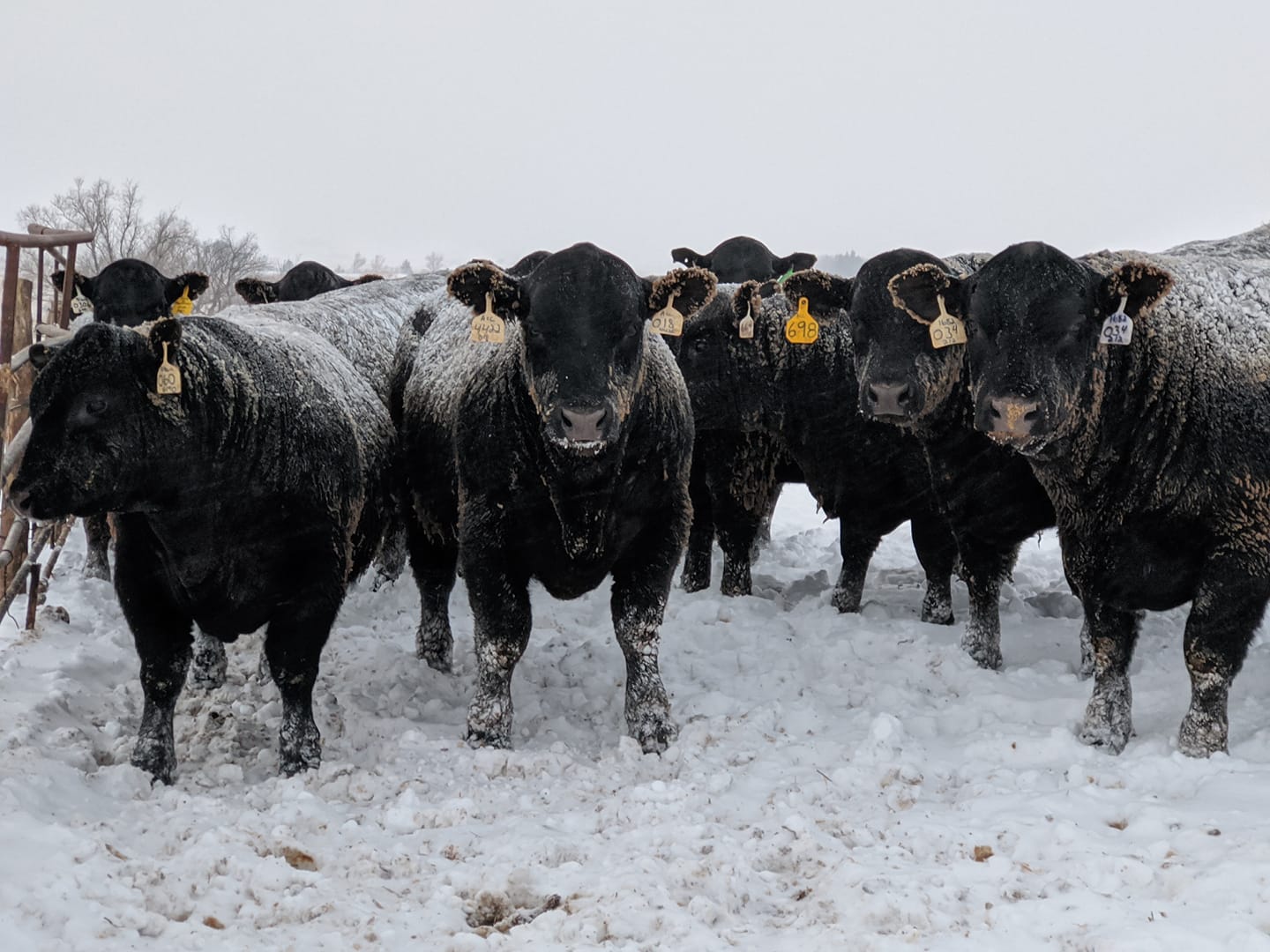 |
.jpg) |
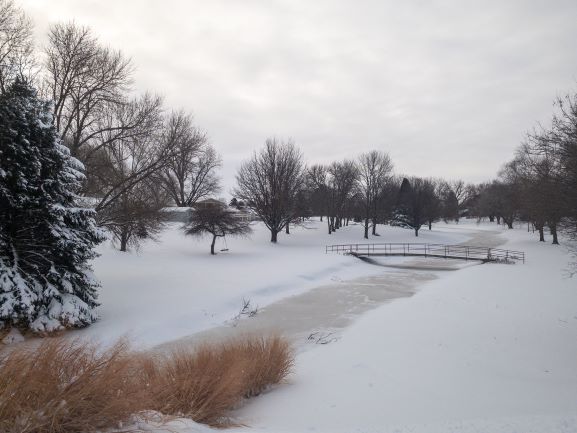 |
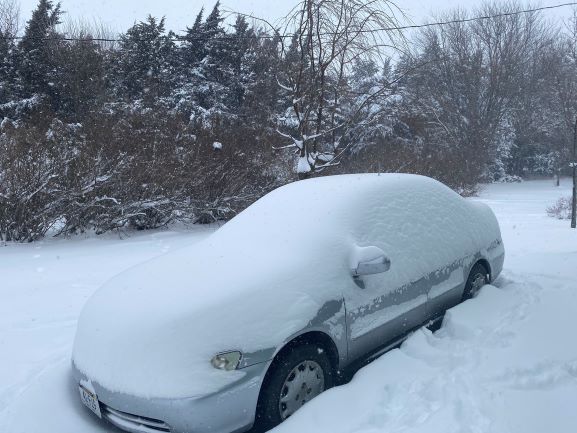 |
| Near Bloominton Photo by Christine James |
Grand Island Photo by Courtney Miller |
Henderson Photo by Eugene Thieszen |
Near Shelby Photo by Melanie McKinney |
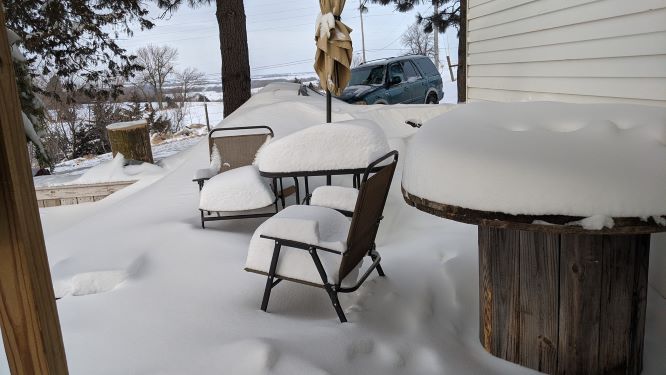 |
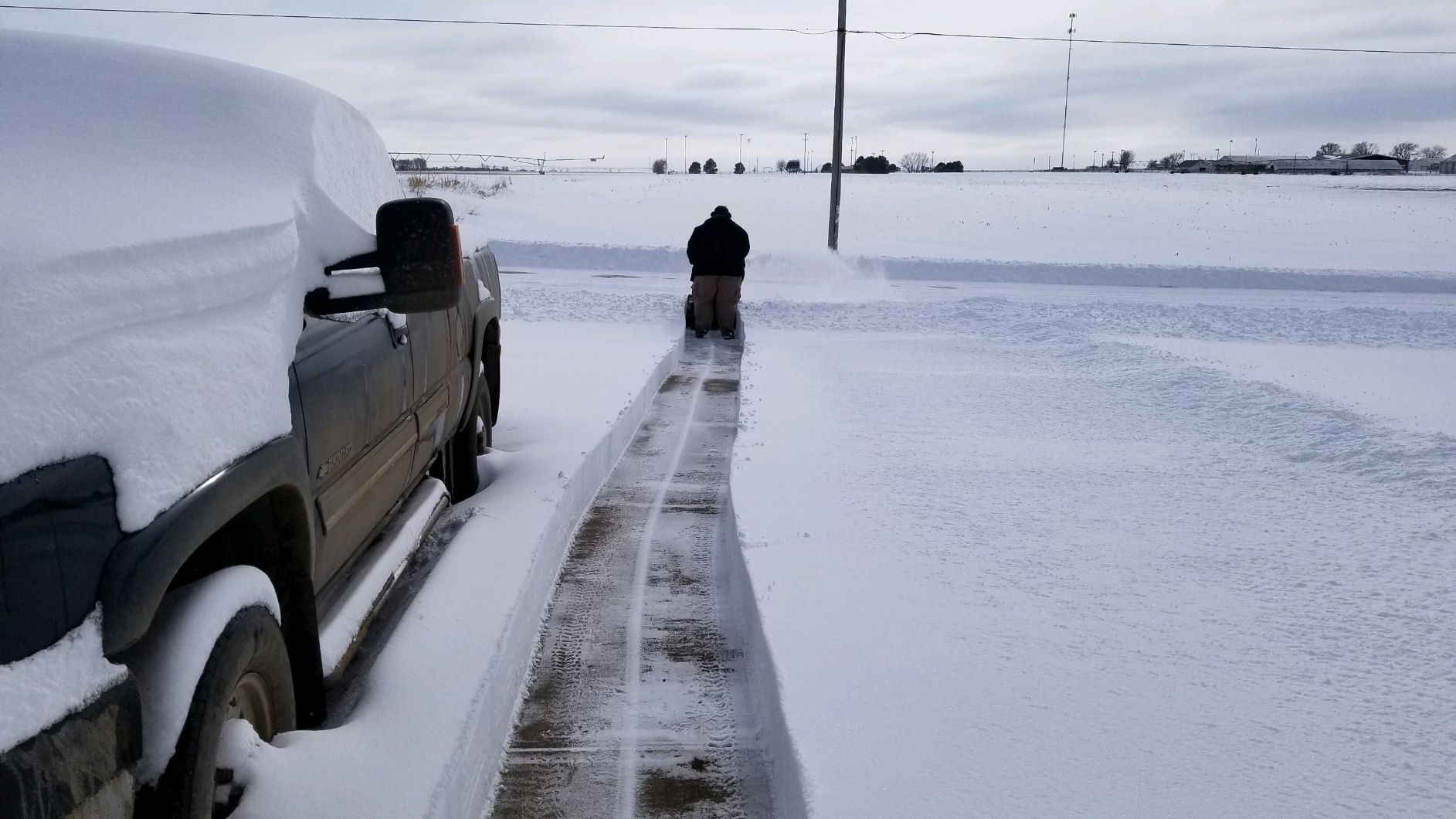 |
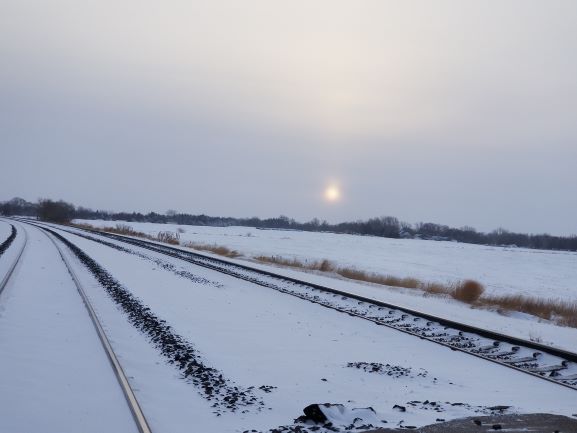 |
| Near Genoa Photo by Jamie Keehn-Burg |
Osceola Photo by John Oder |
Near Kearney Photo by Gena Hasbrouck |
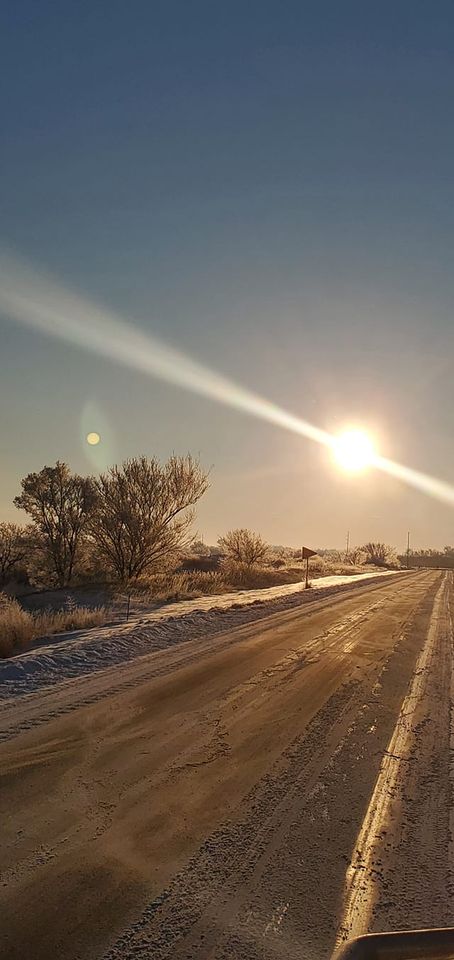 |
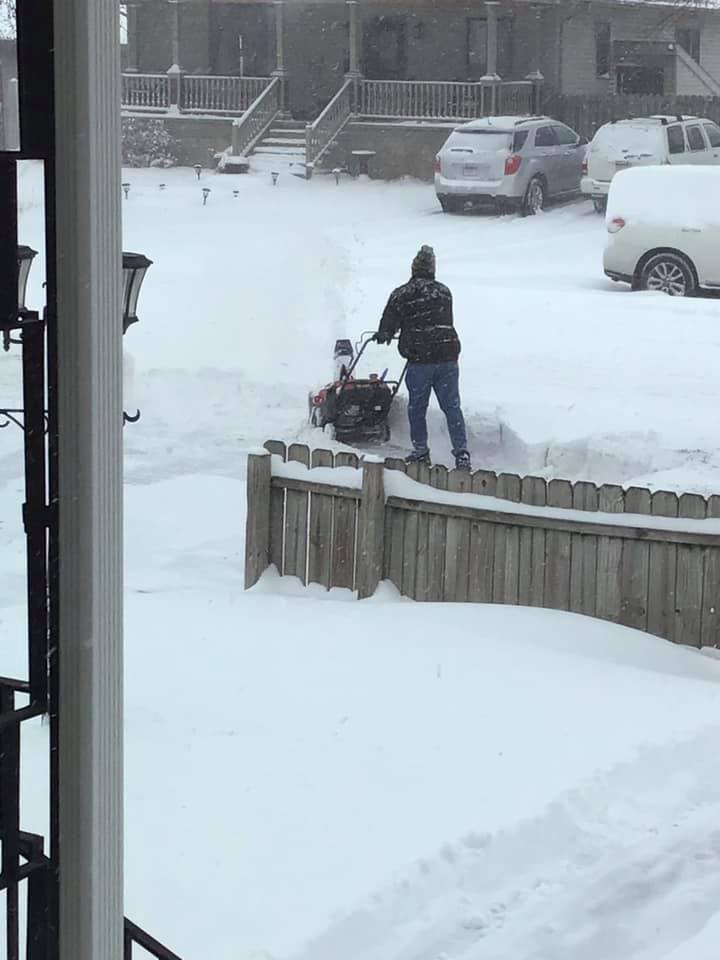 |
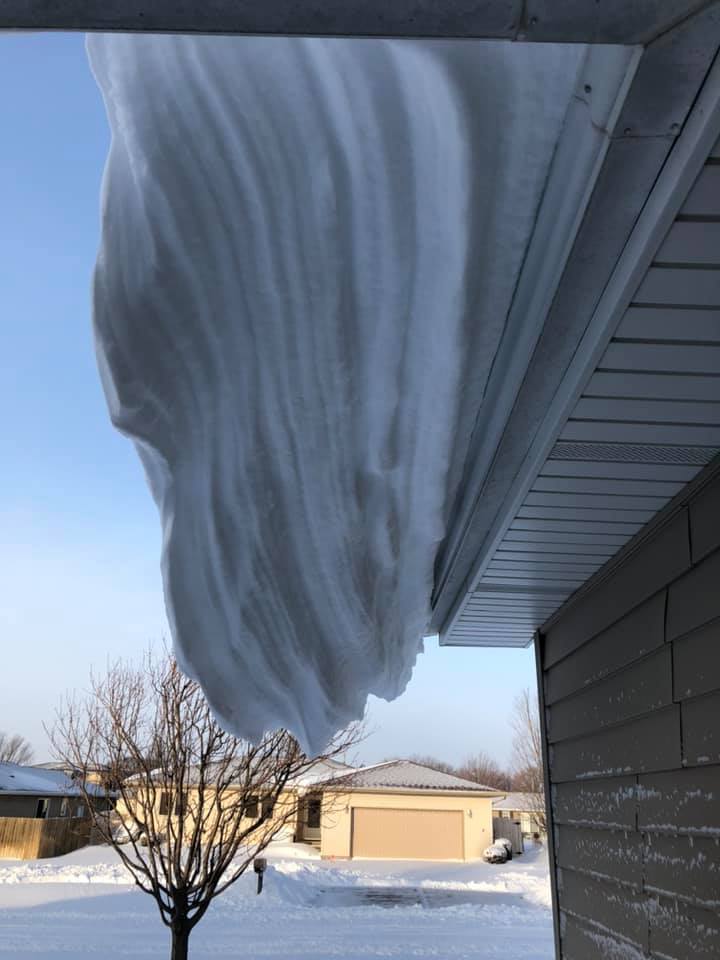 |
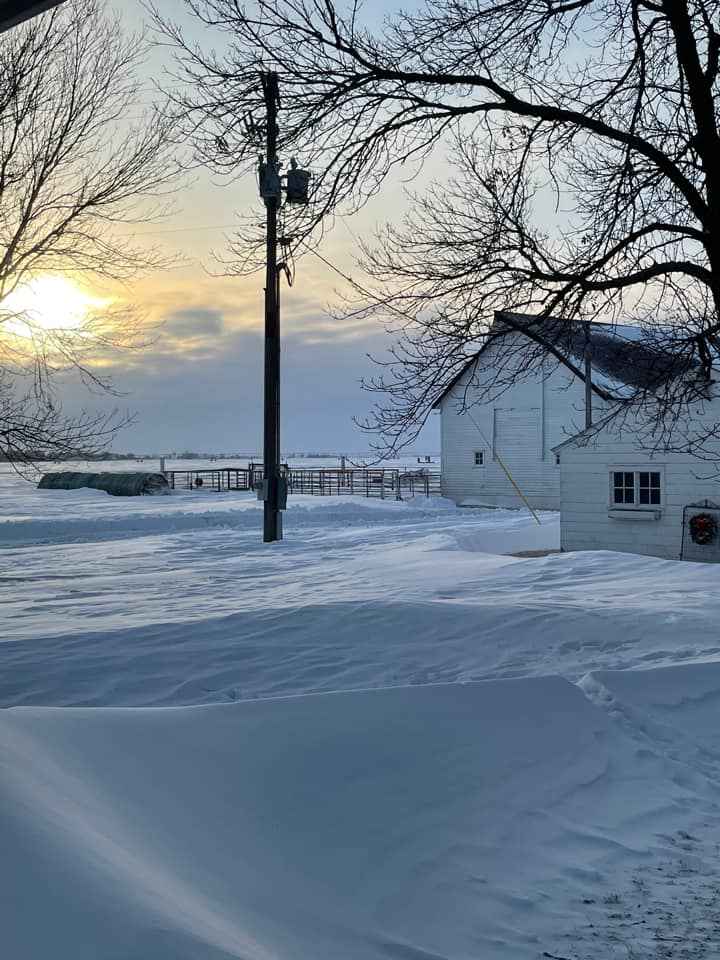 |
| Near Elwood Photo by Codina Moore |
Grand Island Photo by Beatrice Vasquez |
Hastings Photo by Loree Harig |
Near Henderson Photo by Wendy Janzen |
 |
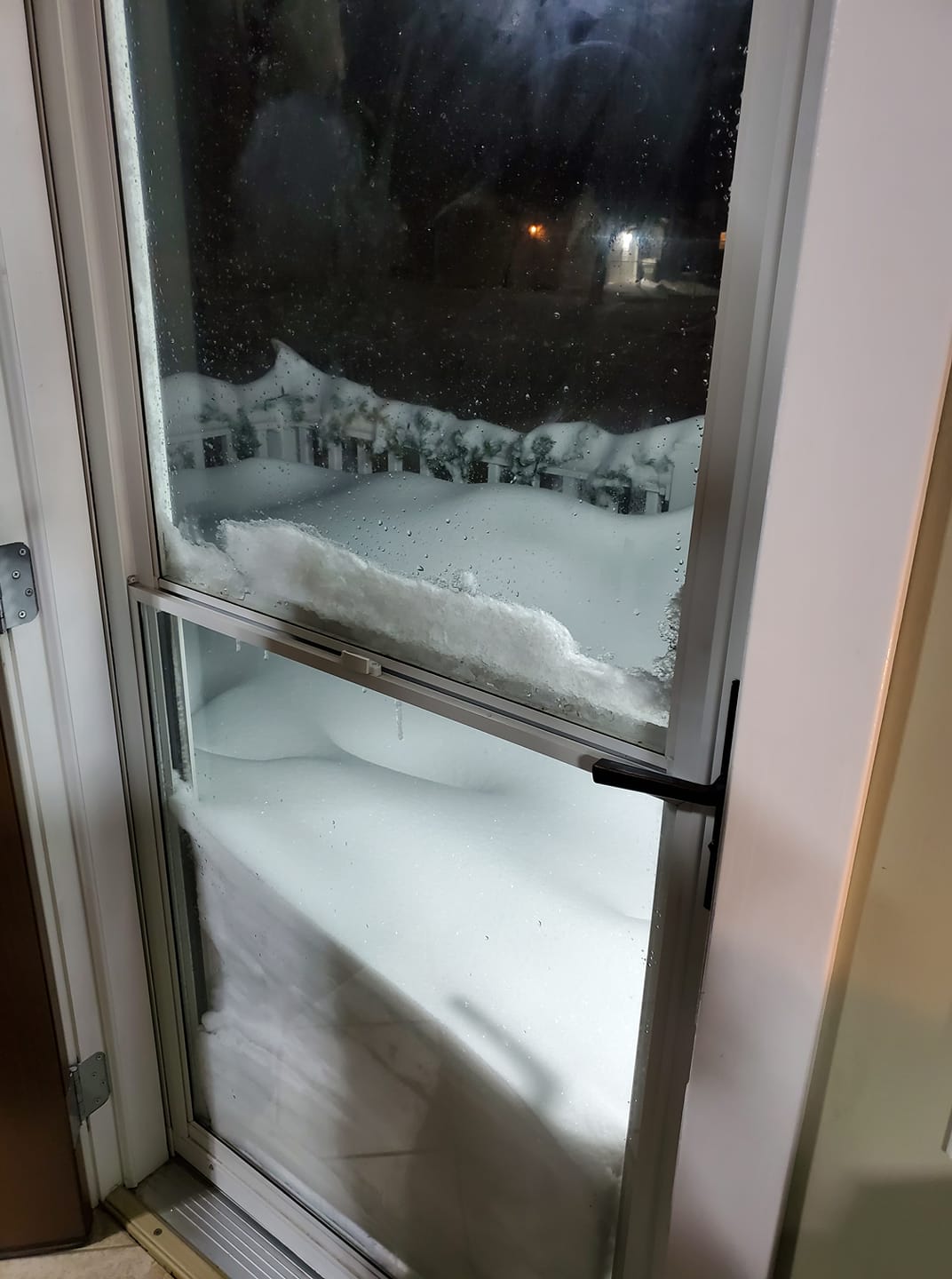 |
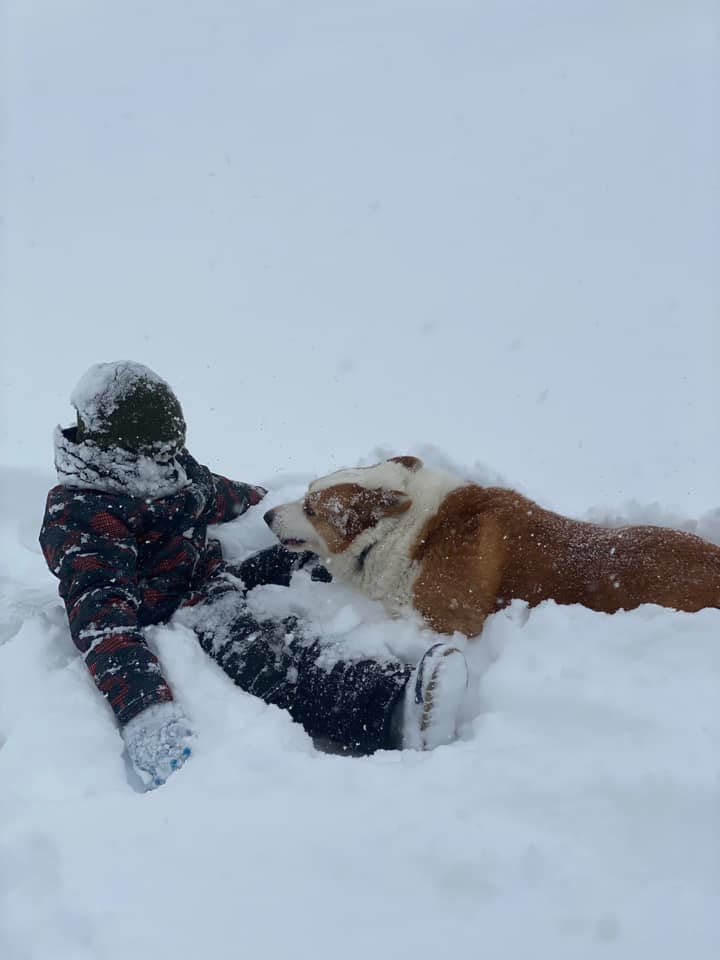 |
| Near McCool Junction Photo by Chandra Steward |
Grand Island Photo by Julie Buchanan |
Near Hebron Photo by Amber Heinrichs |
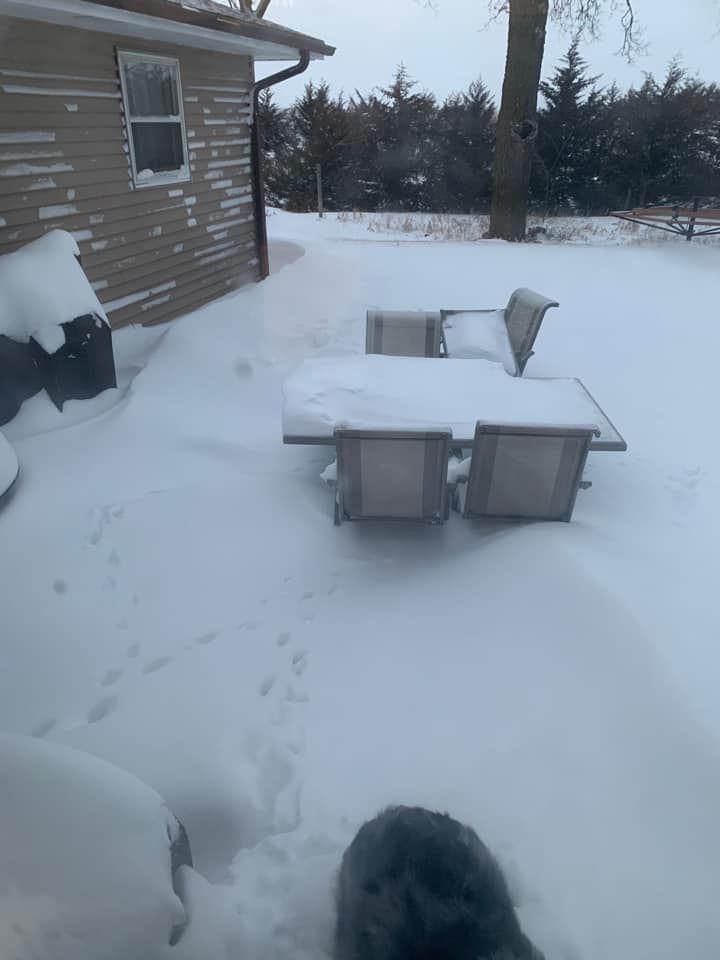 |
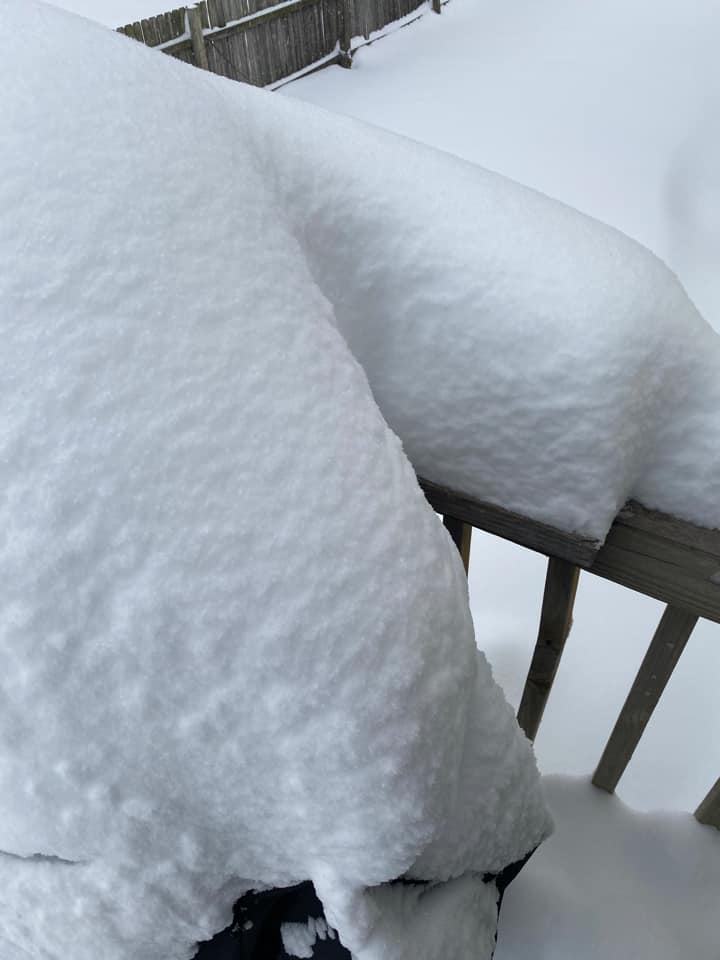 |
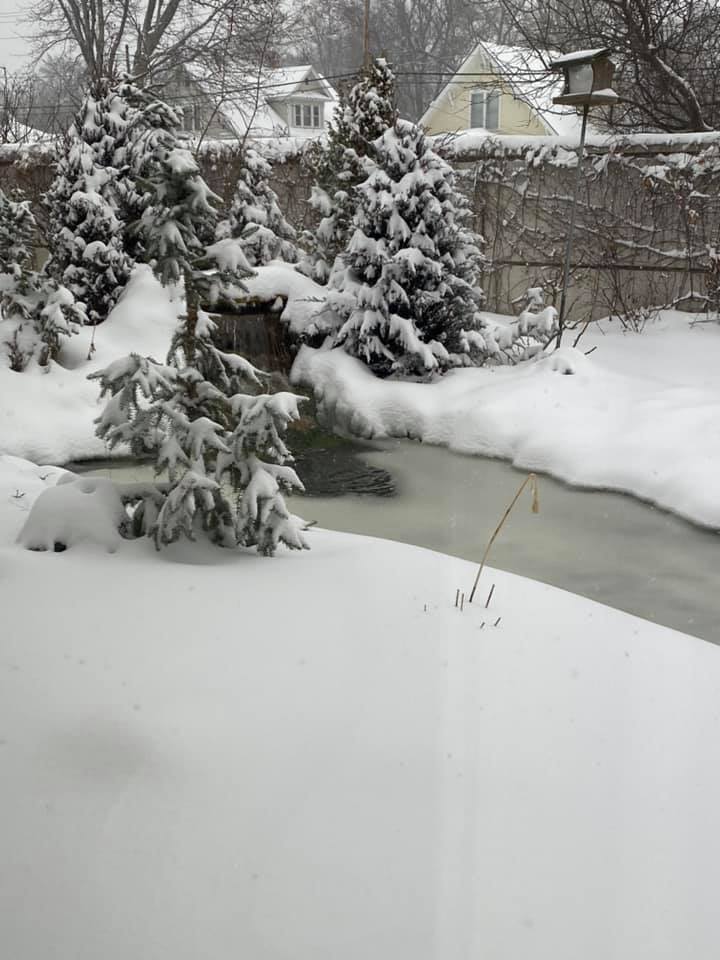 |
| Near Clarks Photo by Jaleigh Steinke |
Harvard Photo by Taylor Grimes |
Hastings Photo by Tonya Peterson |
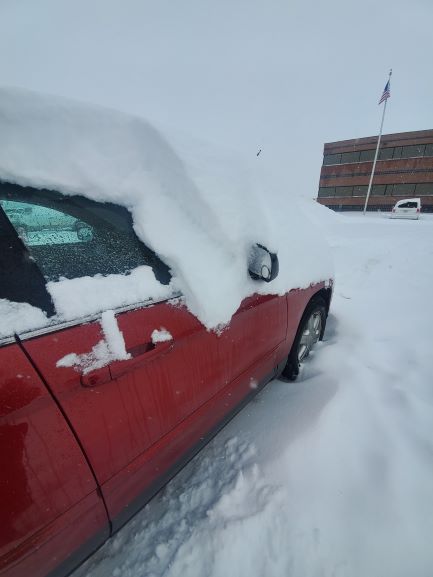 |
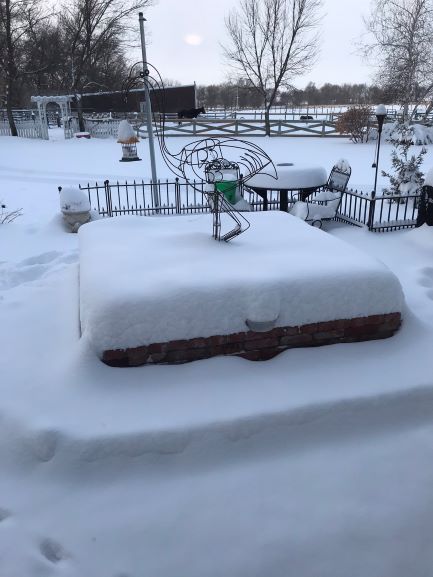 |
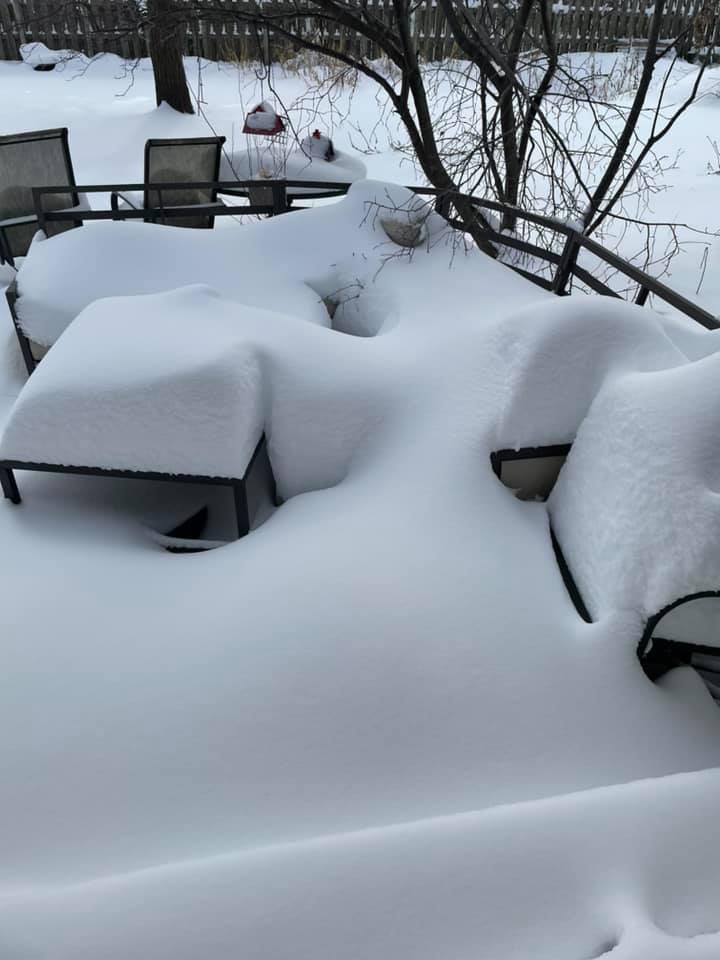 |
| Superior Photo by Crystal Fangmeyer |
Near Hastings Photo by Adams County EM |
York Photo by Paula Jean |
 |
Media use of NWS Web News Stories is encouraged! Please acknowledge the NWS as the source of any news information accessed from this site. |
 |